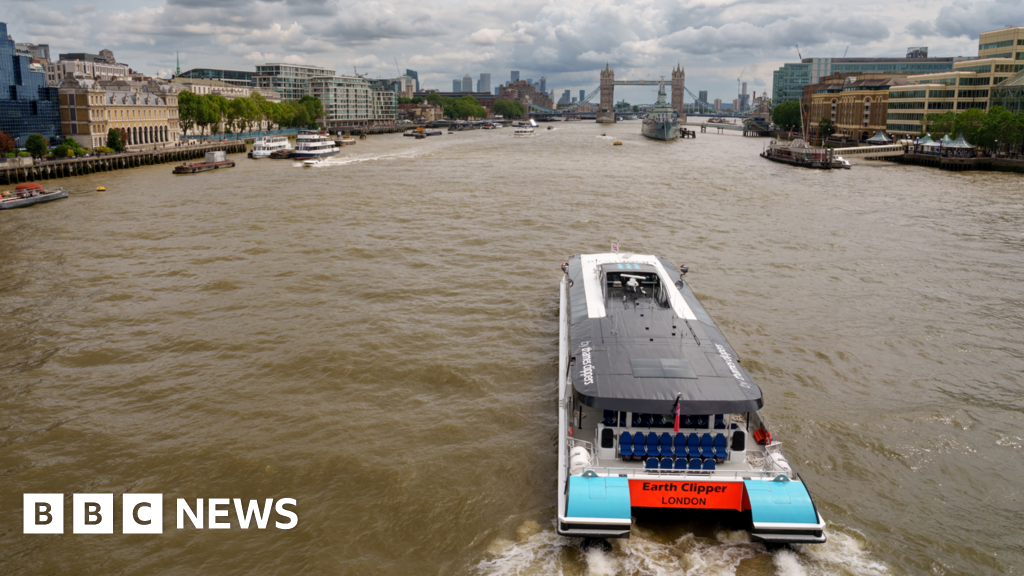

I can’t imagine that it’d be possible to do that and conform to building code without some kind of special exemption.
Honestly, I’d think that if there’s demand for a leaning pub like that – and I think there is…I mean, I’ve heard about that thing repeatedly, seen video in it, and I live in the US – it’d be easier to just build one whose owners want to run one, let them gave whatever building code exemptions are required. IIRC, that pub is kind of out of the way, not really where one would expect to put a new pub, given the choice.










deleted by creator